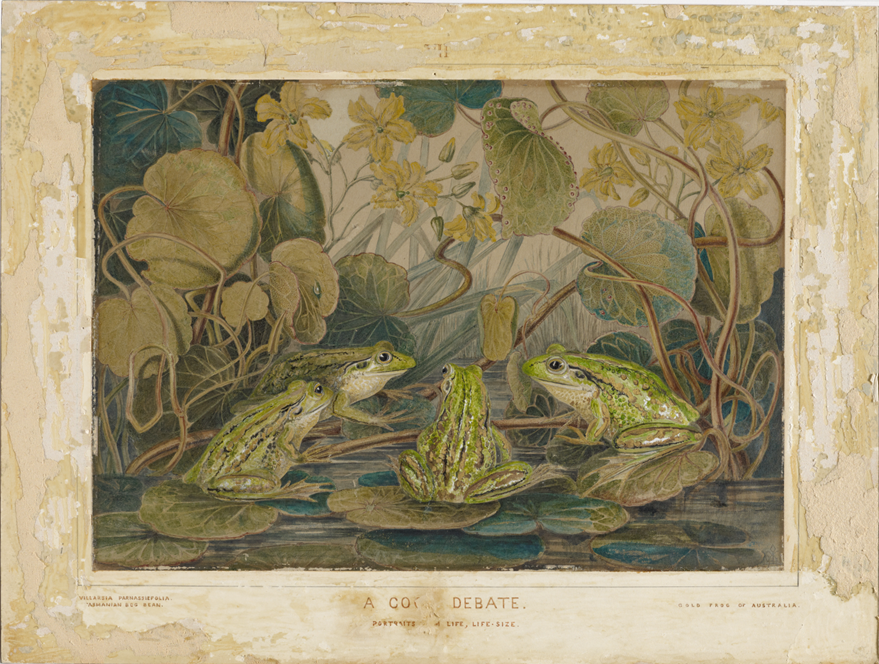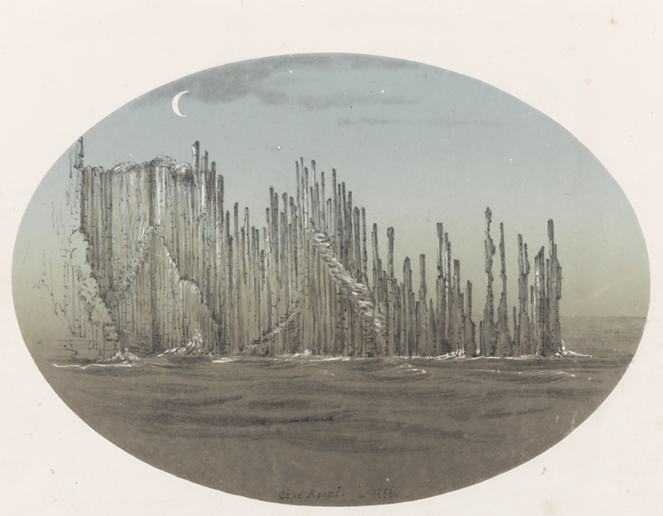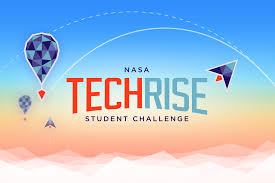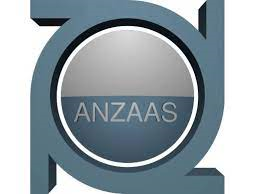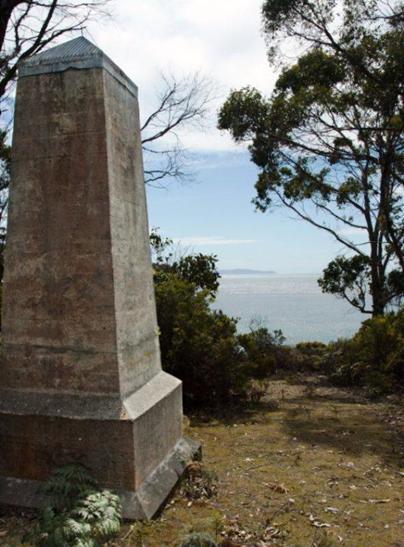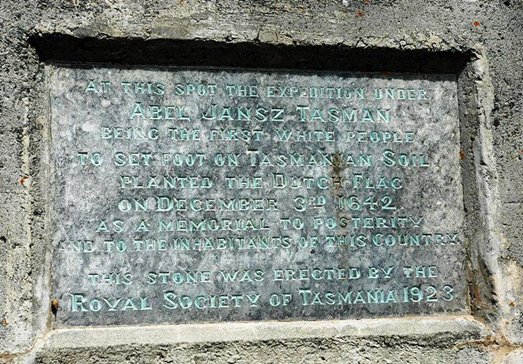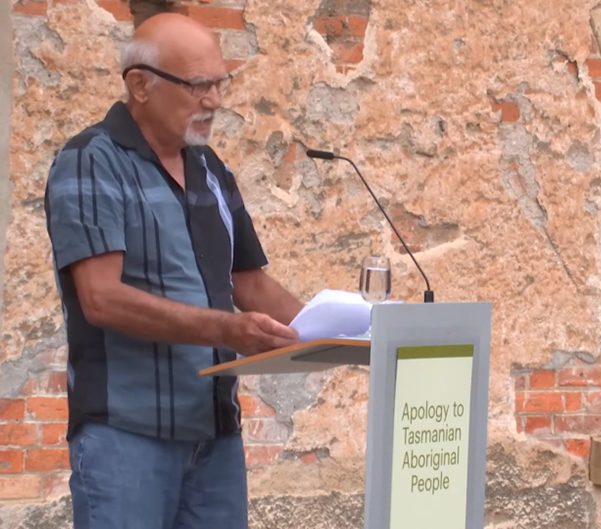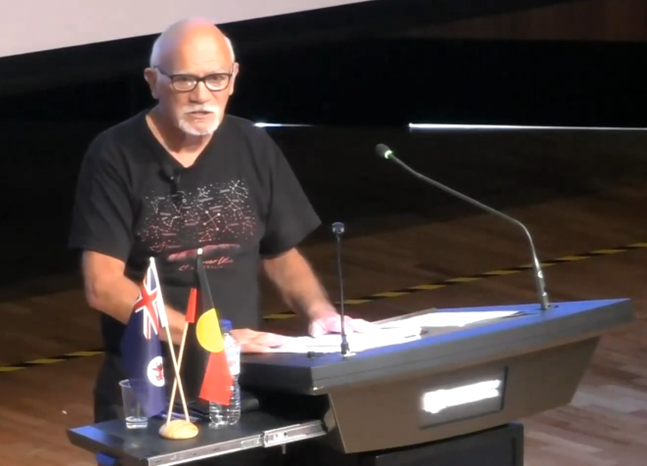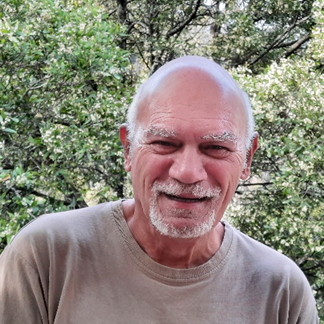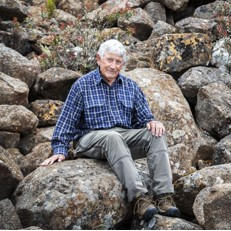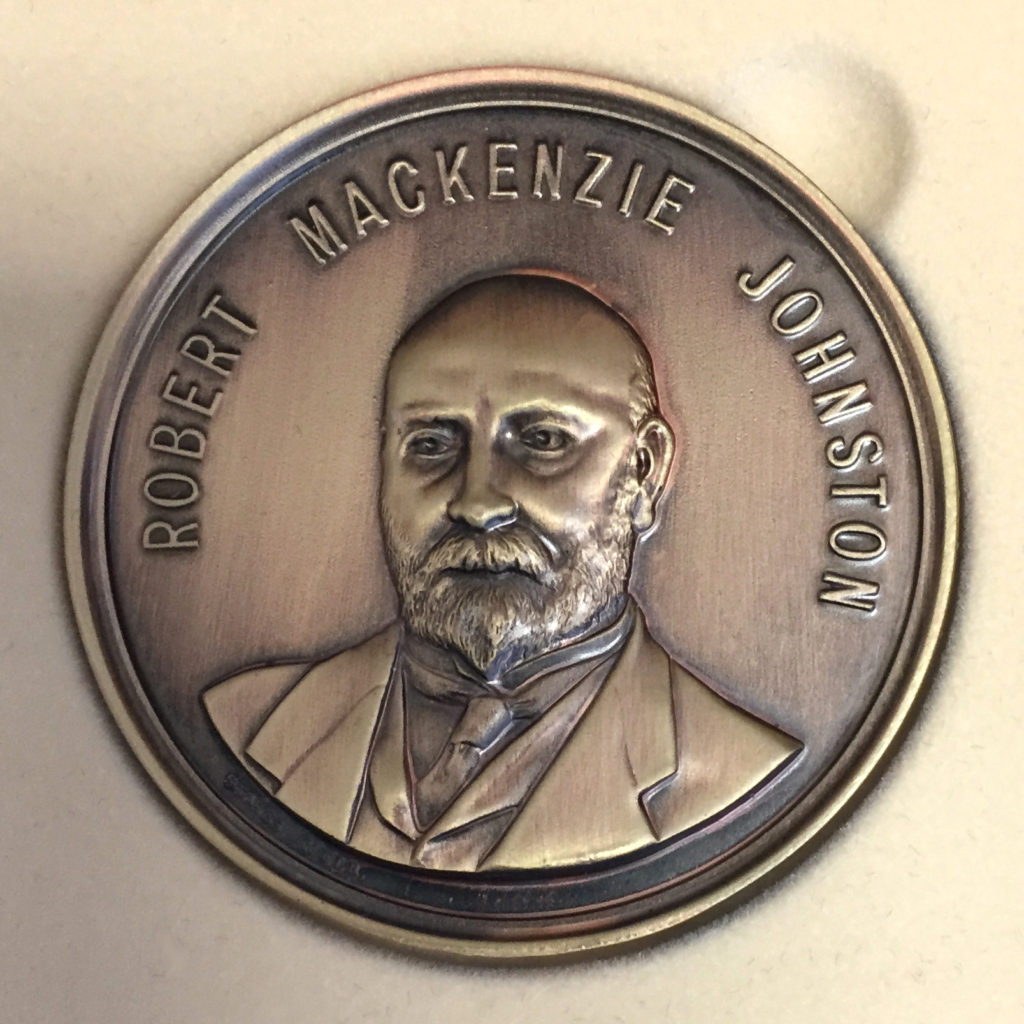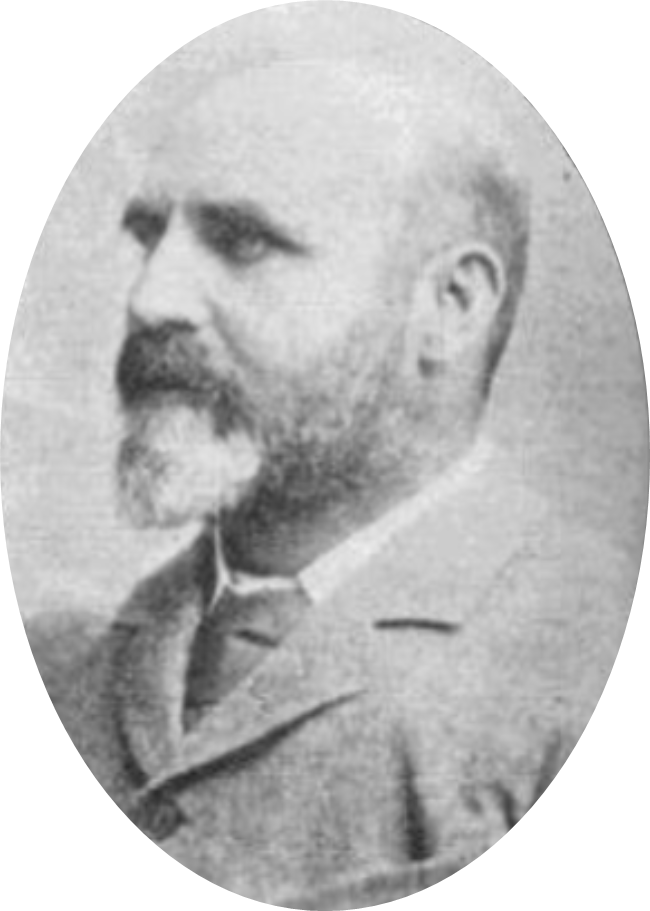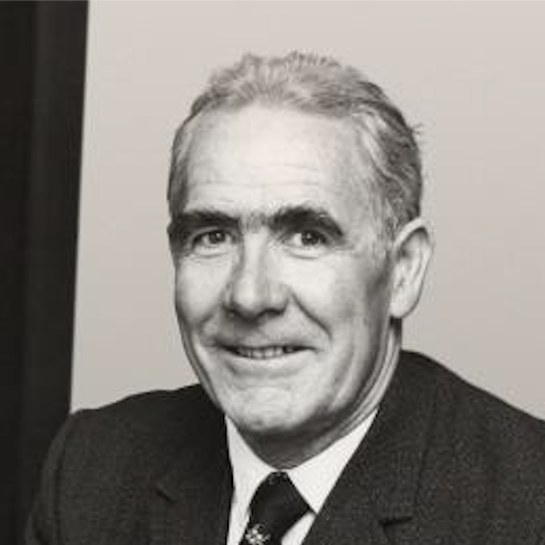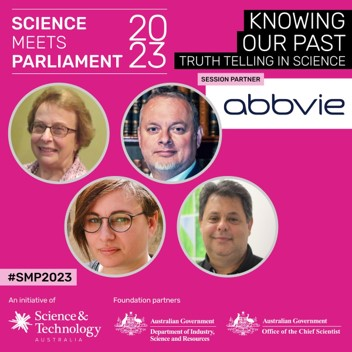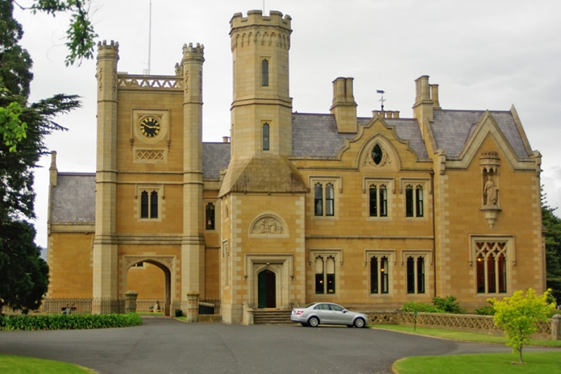
Bookings are now closed.
Royal Society of Tasmania members and supporters are invited to attend ‘An Evening with Louisa’, a fundraising reception for The Royal Society of Tasmania Art Collection at Government House, Hobart on Thursday 28 September 2023 commencing at 6:00 pm.
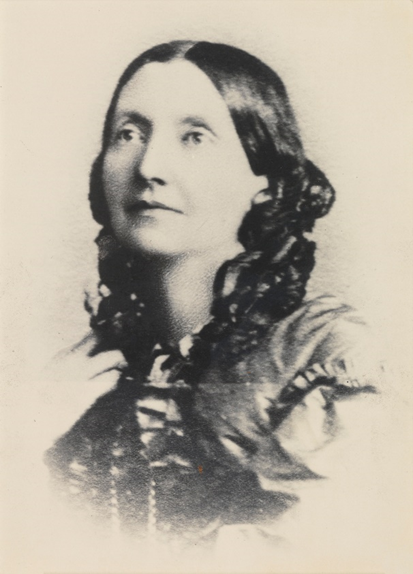
Louisa Anne Meredith was one of Australia’s leading 19th century artists and a highly respected member of the Royal Society of Tasmania. The RST Art Collection (940 artworks) contains the largest and most significant group of works by Louisa: 252 works. All proceeds from the evening will go to the conservation and exhibition of artworks in the RST Collection.
